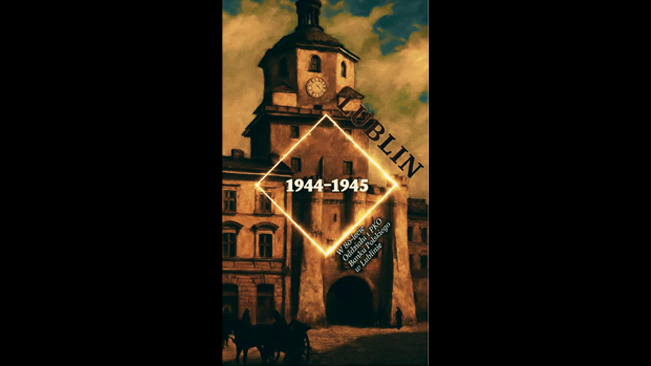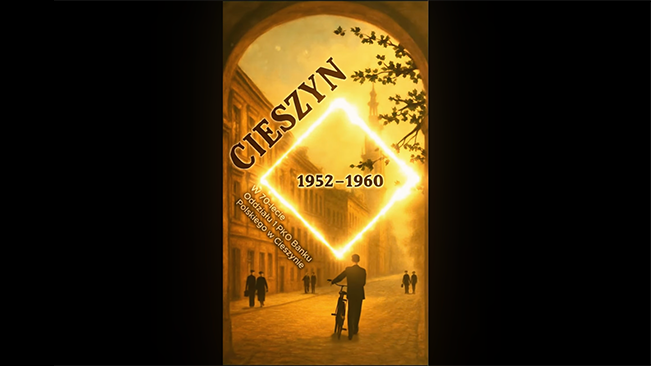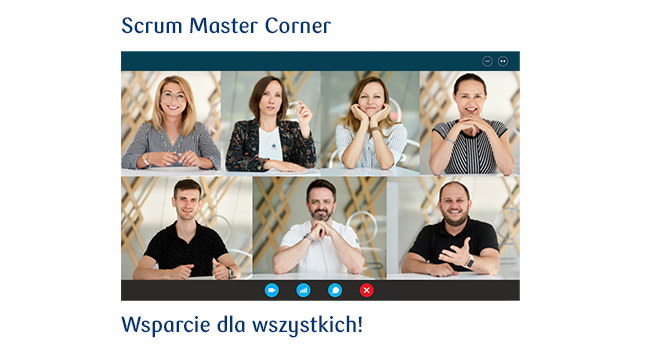Agility matures– Worldwide State of Agile Report
According to the 14th Annual State of Agile Report, the main reasons of the implementation of Agile include acceleration of the process of delivery of software solutions (answer pointed out by 71 per cent of respondents), ability to adjust to changing priorities (63 per cent) and increased production capacity (51 per cent). 2020-09-30The organisational culture remains one of the biggest challenges. If it is closed to the change, it misses appropriate support from the Management Board and contradicts the Agile’s essence, it will not manage to adopt the agile approach. But in hard times, agility proves to be the key competitive advantage – the ability to manage changing priorities was specified as the most important advantage by 7 out of 10 persons.
It is the time to profit from the biggest benefits of the agile approach, to avoid doing unnecessary things, to maximise value, search for improvements, change priorities, as says Mr Karol Krawiec, the Head of the Digital Transformation Office in PKO Bank Polski. On the way of our transformation we can see business effects, involvement and satisfaction of people. The Agile model contributes largely to our autonomy and freedom, and to the discipline and the rhythm of work at the same time. For those infected with the virus of agility, Scrum’s mechanics has became natural. Now it is the time to change to a “higher gear” and deepen agility, he adds.
Agile tools and techniques
According to the report, Scrum has been the prevailing method of work, that was declared to be the only one or prevailing framework by more than three fourths of respondents. As compared to the earlier edition, the respondents more often pointed out to use of automatic tools used for verification of worked out solutions.
More persons declared introduction of Agile tools in the future for the purpose of project management coordination. Among those, the most popular were Jira, Microsoft Excel, as well as Google Docs and MS Project. The most often used agile techniques included Kanban based on the idea of visualisation of the flow of tasks among their performance statuses by means of a special table. In 2019 it was used by 76 per cent of respondents.
In the Bank we often use the Kanban table, both the digital one in JIRA, and a traditional one made by means of Post-it-notes, since it improve transparency, supports self-organisation of a team and shows the progress of works, slow runs and congestions. We also use Sharepoint to share the work on one document and from Confluence, a part of Jira, where we keep documents, says Maciej Stępnikowski, Scrum Master in the OKI Credit Process Formation in PKO Bank Polski.
The report included also tools that were not taken into account in the preceding editions, e.g. wireframes, that is schematic website models used as visual guides in the process of consumer experience improvement.
Another example includes the road mapping technique, operating on the basis of association with a map of road connections, which facilitates strategic technological planning and decision making, as well as Value Stream Management, that enables tracing of the entire flow of the project value added, starting from the idea and ending at the moment, when the product reaches a customer.
Visualisation step by step in form of a map facilitates easy detection of elements that may serve as source of inefficiency and activities to be undertaken in order to improve this process. Also the time of execution of a given step and expectation for another one, congestions, unnecessary stock and overproduction can be seen. There are many more techniques that support the agile approach.
- Planning poker is the technique that help with pricing of tasks”, says Anna Dąbrowska, the Scrum Master in the Risk Management Formation in PKO Bank Polski. “Having listened to a ‘user’s story’, the team members show cards with numbers of points to show how they “estimate” the presented task. They assess its complexity, work consumption, uncertainty. If differences in assessment are big, the unclear elements may be addressed straight away. Thanks to this, for instance, when the team members working on a task, have other imagination on its exact final effect, the story map helps to visualise construction of a product and deliver the minimum value. It arranges the performance process on the basis of defined priorities, while leaving additional functionalities for further stages of product development.
The key role of Scrum Masters
Scrum Masters and internal Agile Coaches accounted for as much as 39 per cent of respondents in the 14th Annual State of Agile Report. Their role in promotion of Agile evolves together with agile maturity of organisation. In the beginning the Scrum Master concentrates mainly on the team and the Product Owner. After some time and after a mental change, a SM has more time to work with and on the organisation (figure).
What is Agile’s future?
The future looks even more agile. Agile’s expansion will touch many fields outside the software branch and the maturity of teams will enable increase of the scale of use of agile methodologies inside organisations. At the time of the dynamically changing market, agility may turn out necessary, so it is good to be up to date with Agile.
You may find out more on the Agile’s condition in the world, scaling methodologies and use of DevOps in the 14th Annual State of Agile Report available at https://stateofagile.com/#




